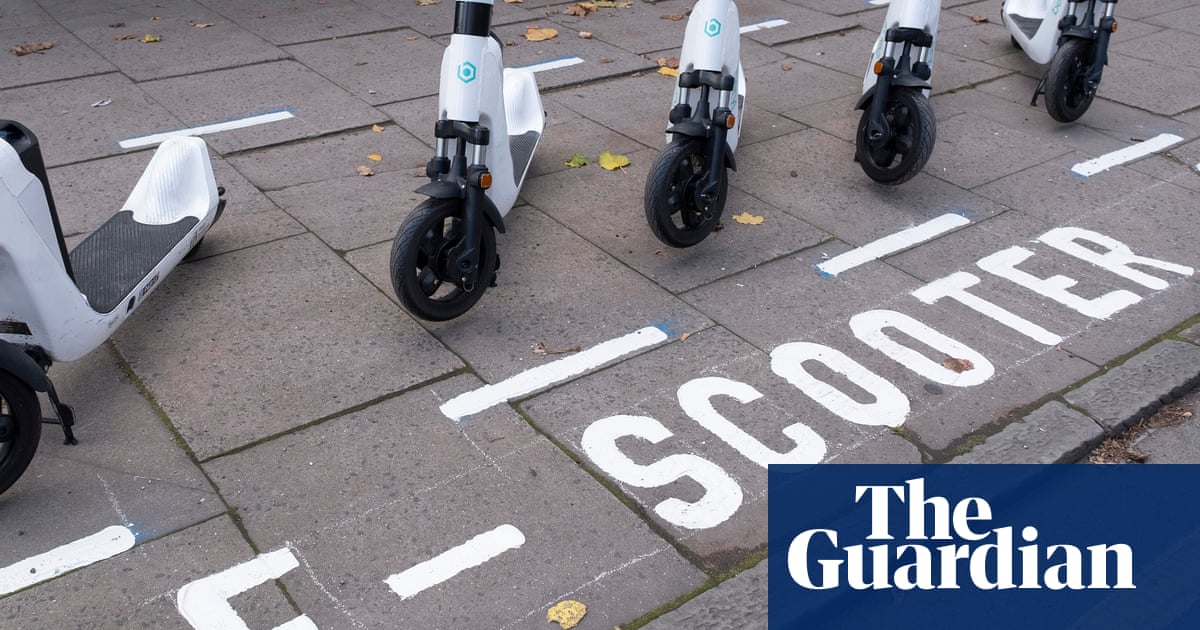Strict speed and age limits will apply for e-scooter riders inNew South Walesunder a proposal to legalise them in the state and better regulate electric bikes.
The NSW government on Tuesday was to table its response to a parliamentary inquiry into the use of e-mobility devices. The inquiry was told that accessibility advantages must be balanced with safety risks.
The government will propose e-scooters can be ridden on shared paths with a default speed limit of between 10km/h and 20km/h. On roads signposted at 50km/h, they would be limited to 20km/h.
Riders would need to be at least 16, consistent with all Australian jurisdictions, except the ACT, and European recommendations.
Sign up for Guardian Australia’s breaking news email
The government does not intend to speed-limit e-bikes – because their motors are not the only source of power.
Labor will, however, review the formal definition of an e-bike within NSW’s road rules.
The transport minister, John Graham, said e-mobility devices represented an “evolution” in how people moved around.
“We believe a sensible set of rules will promote the health and lifestyle benefits of e-bikes and e-scooters while protecting the safety of riders and everyone else sharing the paths and roads with them,” he said.
“We recognise the community’s concerns, particularly around device modification, fire risk, discarded shared e-bikes and poor rider behaviour – which is why we’re taking action.”
Sign up toMorning Mail
Our Australian morning briefing breaks down the key stories of the day, telling you what’s happening and why it matters
after newsletter promotion
The NSW inquiry recommended safety standards to reduce lithium-ion battery fires, a rider education campaign and investment in critical infrastructure and improving future design of shared paths.
E-scooters have been stuck in a legislative bind in NSW, being available to buy but illegal to operate in public spaces.
The devices reduce small car trips, reduce strain on parking spaces and make train stations, jobs, services and retail precincts easier to access, experts say.
Shared e-scooters trials have been conducted in Kogarah, Wollongong and a handful of other council areas.
Doctors used the parliamentary inquiry to urge MPs not to legalise the scooters for kids after a sharp increase in children presenting to emergency rooms with crash injuries.
NSW estimates there are about 1.35m e-micromobility devices in homes state-wide, with almost half of those used to connect with public transport.
